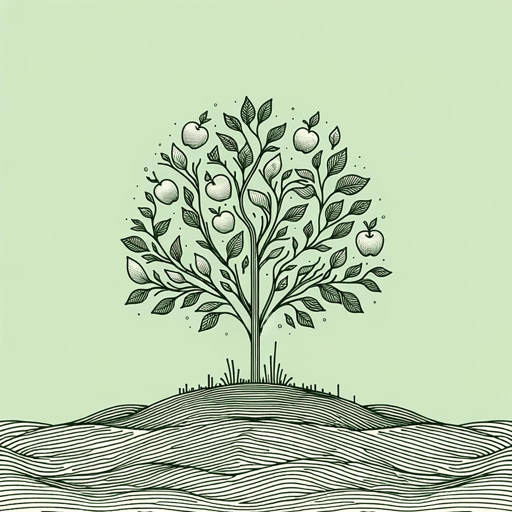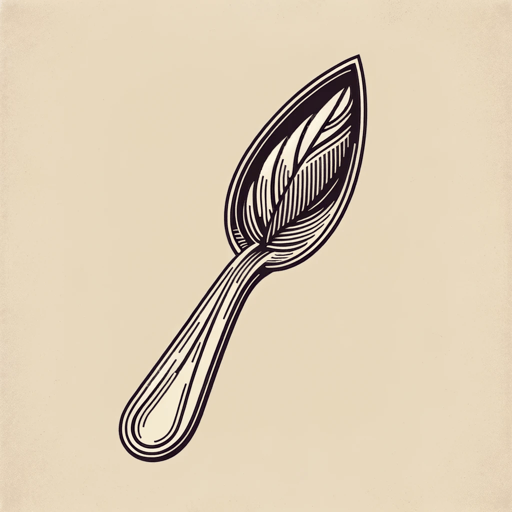26 pages • 52 minutes read
T. S. EliotAsh Wednesday
Fiction | Poem | Adult | Published in 1930A modern alternative to SparkNotes and CliffsNotes, SuperSummary offers high-quality Study Guides with detailed chapter summaries and analysis of major themes, characters, and more.
Literary Devices
Form and Meter
Eliot does not observe a consistent meter in this poem. Instead, the meter varies considerably, as does the length of the line and the length of each verse or stanza. In Part II, for example, many of the lines are short, consisting of dimeters and trimeters (two or three poetic feet). The other parts of the poem all have at least a few lines of this type. Many other lines are much longer, consisting of seven or eight feet.
Much of the poem has a basic iambic rhythm—an unstressed syllable followed by a stressed syllable—which is not surprising, since that is the natural rhythm of the English language. Occasionally, there are iambic pentameter lines (a pentameter consists of five poetic feet), as in “The silent sister veiled in white and blue / Between the yews, behind the garden god” (Part IV, Lines 22-23). This is immediately followed by another, much longer iambic line, with seven feet rather than five (making it a heptameter): “whose flute is breathless, bent her head and signed but spoke no word.” There are, however, innumerable variations in the iambic rhythm. In Part I, for example, the last five lines all begin with a trochaic foot (an inverted 







Related Titles
By T. S. Eliot

Four Quartets
T. S. Eliot

Journey of the Magi
T. S. Eliot

Little Gidding
T. S. Eliot

Mr. Mistoffelees
T. S. Eliot

Murder in the Cathedral
T. S. Eliot

Portrait of a Lady
T. S. Eliot

Rhapsody On A Windy Night
T. S. Eliot

The Cocktail Party
T. S. Eliot

The Hollow Men
T. S. Eliot

The Love Song of J. Alfred Prufrock
T. S. Eliot

The Song of the Jellicles
T. S. Eliot

The Waste Land
T. S. Eliot

Tradition and the Individual Talent
T. S. Eliot
